The Secrets of Ancient Civilizations' Mythical Creatures
Have you ever wondered about the mystical beings that roamed the imaginations of ancient civilizations? These mythical creatures, steeped in folklore and legend, hold the keys to understanding the beliefs and values of our ancestors. From the majestic dragons of Chinese mythology to the fierce gods of Norse sagas, each civilization had its own unique pantheon of creatures that shaped their culture and worldview.
Exploring the depths of Egyptian mythology unveils a world where gods and creatures coexist, playing vital roles in the balance of life and death. The enigmatic Sphinx, with the body of a lion and the head of a pharaoh, stands as a guardian of mysteries, while Anubis, the jackal-headed god, guides souls to the afterlife. The serpent Apep, symbolizing chaos and destruction, embodies the eternal struggle between order and chaos in Egyptian cosmology.
Step into the realm of Greek mythology, where heroes battle fearsome beasts like the multi-headed Hydra and soar through the skies on the wings of Pegasus. These creatures, born from the imaginations of ancient storytellers, embody the virtues and vices of humanity, serving as allegorical mirrors reflecting the complexities of the human experience. Centaurs, half-human and half-horse, symbolize the duality of civilization and wild nature, blurring the lines between the known and the unknown.
Journey to the icy landscapes of Norse mythology, where gods and giants clash in epic battles that shape the fate of the world. The thunderous Thor, wielding his mighty hammer Mjölnir, strikes fear into the hearts of enemies, while the shape-shifting trickster Loki weaves webs of deception and chaos. The monstrous Fenrir wolf, bound by destiny to bring about Ragnarok, embodies the primal forces of nature that even the gods cannot control.
Enter the mystical world of Chinese folklore, where dragons dance in the skies and phoenixes rise from the ashes, symbols of imperial power and renewal. The qilin, a mythical creature with the body of a deer and the scales of a dragon, embodies prosperity and good fortune, bringing blessings to those it encounters. These creatures, steeped in symbolism and tradition, continue to inspire art, literature, and cultural practices in modern China.
Delve into the rich tapestry of Aztec and Mayan mythology, where gods and monsters walk among mortals, shaping the destinies of empires and civilizations. Quetzalcoatl, the feathered serpent, represents the dual nature of creation and destruction, while Chaac, the rain god, brings life-giving waters to the parched earth. These mythical beings, intertwined with the natural world, reflect the intricate cosmologies of Mesoamerican cultures, where the boundaries between the earthly and the divine blur.
Explore the diverse mythologies of indigenous cultures worldwide, where creatures like the Thunderbird, Wendigo, and Kitsune roam the realms of nature and spirit. These beings, guardians of the land and the soul, embody the deep connections between humans and the natural world, teaching lessons of respect, harmony, and balance. From the frozen tundras of the Arctic to the lush jungles of the Amazon, these mythical creatures continue to shape the beliefs and practices of indigenous peoples around the globe.
Uncover the mysteries of Roman mythology, where gods and monsters populate a world of heroism and tragedy. The Cyclops, with its single eye and towering stature, strikes fear into the hearts of mortals, while the labyrinth-dwelling Minotaur embodies the dark depths of human nature. The winged Harpies, tormentors of the damned, serve as harbingers of divine retribution, enforcing the laws of the gods with merciless precision.
As we embark on this journey through the annals of history, we witness the threads of myth and legend weaving a tapestry of human experience, connecting us to our past and illuminating the path to our future. The tales of these mythical creatures transcend time and space, offering glimpses into the collective imagination of humanity and the enduring power of storytelling.
1. Are mythical creatures real or just products of imagination?
2. What cultural significance do mythical creatures hold in ancient civilizations?
3. How have mythical creatures influenced modern art and literature?
4. What similarities can be found among mythical creatures across different cultures?
5. What lessons can we learn from the stories of mythical creatures in ancient myths?
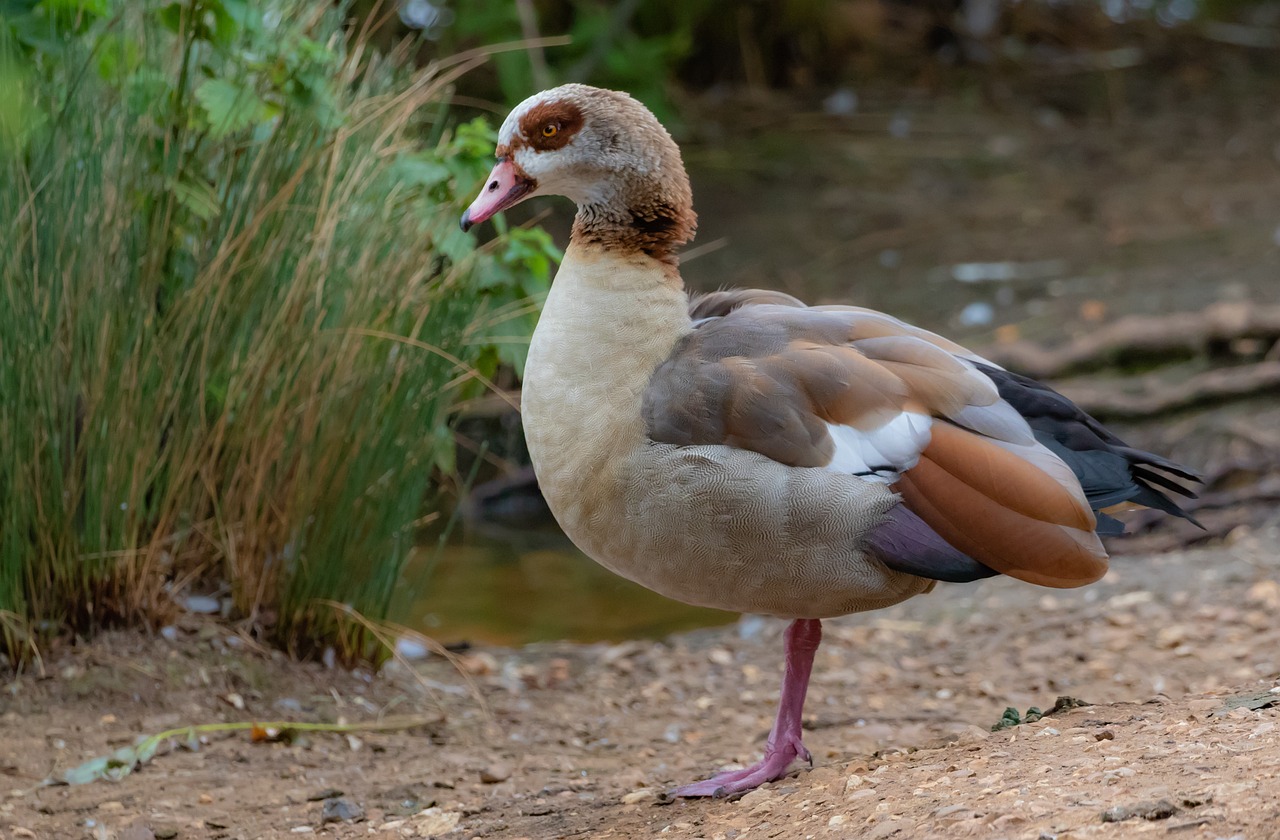
Egyptian Mythical Creatures
Delve into the enchanting world of Egyptian mythology, where mystical creatures played significant roles in the religious beliefs and folklore of ancient Egypt. Among the most iconic creatures is the Sphinx, a majestic creature with the body of a lion and the head of a human, symbolizing strength and wisdom. Anubis, the jackal-headed god of mummification and the afterlife, guided souls to the underworld. The serpent Apep, representing chaos and darkness, was a formidable enemy of the sun god Ra, embodying the eternal struggle between order and chaos in Egyptian cosmology.
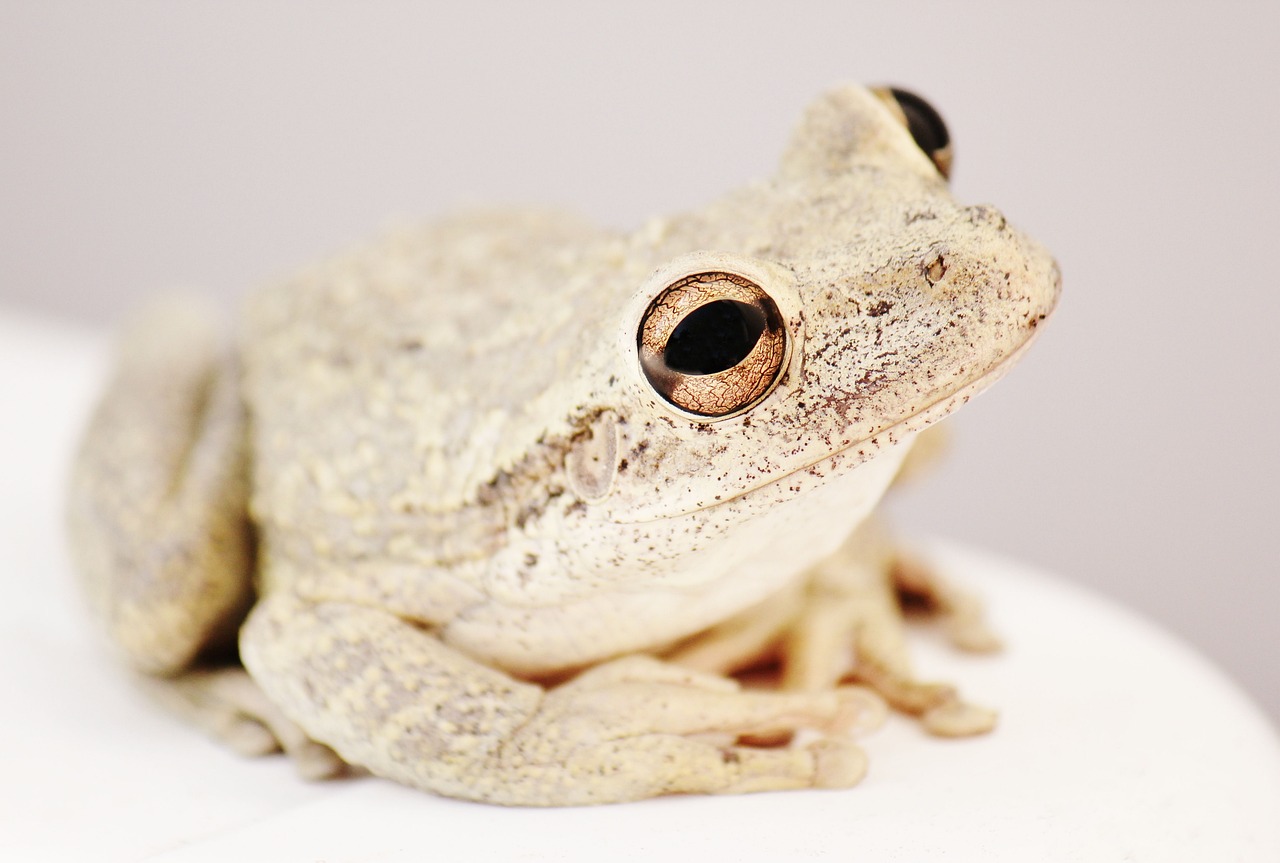
Greek Mythical Creatures
Exploring the fascinating world of mythical creatures in ancient civilizations, uncovering their significance, origins, and cultural impact on societies throughout history.
Delving into the rich mythology of ancient Greece reveals a diverse array of mythical creatures that have captivated imaginations for centuries. From the multi-headed Hydra to the majestic winged horse Pegasus, Greek mythology is teeming with fantastical beings that symbolize various aspects of human nature and the world around us.
One of the most famous Greek mythical creatures is the Hydra, a fearsome serpent-like monster with multiple heads that would regrow if severed. This creature represents the challenges and obstacles that individuals face in life, emphasizing the importance of resilience and perseverance in overcoming adversity.
On the other end of the spectrum is Pegasus, the enchanting winged horse known for its grace and beauty. Pegasus symbolizes freedom, inspiration, and the pursuit of lofty dreams, serving as a reminder of the power of imagination and creativity in shaping our destinies.
In addition to these iconic creatures, Greek mythology is also home to the Centaurs, beings with the upper body of a human and the lower body of a horse. Centaurs embody the dual nature of humanity, showcasing both civilized intelligence and primal instincts, reflecting the eternal struggle between reason and passion within us all.
Through these mythical creatures, the ancient Greeks wove intricate tales that not only entertained but also imparted valuable lessons about life, morality, and the complexities of the human experience. Their enduring legacy continues to inspire storytellers, artists, and dreamers around the world.
Here are some common questions about mythical creatures in ancient civilizations:
- What is the significance of mythical creatures in ancient cultures?
- How did ancient civilizations use mythical creatures in their religious beliefs?
- What role did mythical creatures play in ancient storytelling traditions?
- Are there any universal themes shared among different mythologies regarding mythical creatures?

Norse Mythical Creatures
Exploring the fascinating world of mythical creatures in ancient civilizations, uncovering their significance, origins, and cultural impact on societies throughout history.
Delve into the rich tapestry of Norse mythology, where gods, giants, and fantastical beasts roam the realms of Asgard and Midgard. Among the most renowned figures are the mighty Thor, known for his thunderous hammer Mjolnir, and the cunning trickster Loki, whose schemes often bring chaos and change. These characters, along with the fearsome Fenrir wolf, embody the complex nature of the Norse pantheon, where strength, wit, and destiny intertwine.
The Norse myths are filled with epic battles, prophecies, and the looming threat of Ragnarok, the apocalyptic event that will bring about the end of the world. Creatures like the Midgard Serpent Jormungandr, who encircles the earth, and the frost giant Ymir, from whose body the world was created, add layers of mystery and awe to the Norse cosmology.
In Norse culture, these mythical beings were not just stories but reflections of the harsh realities of life in the ancient North. They represented the forces of nature, the unpredictability of fate, and the eternal struggle between order and chaos. Through tales of heroism, betrayal, and sacrifice, the Norse myths sought to explain the mysteries of existence and inspire courage in the face of adversity.
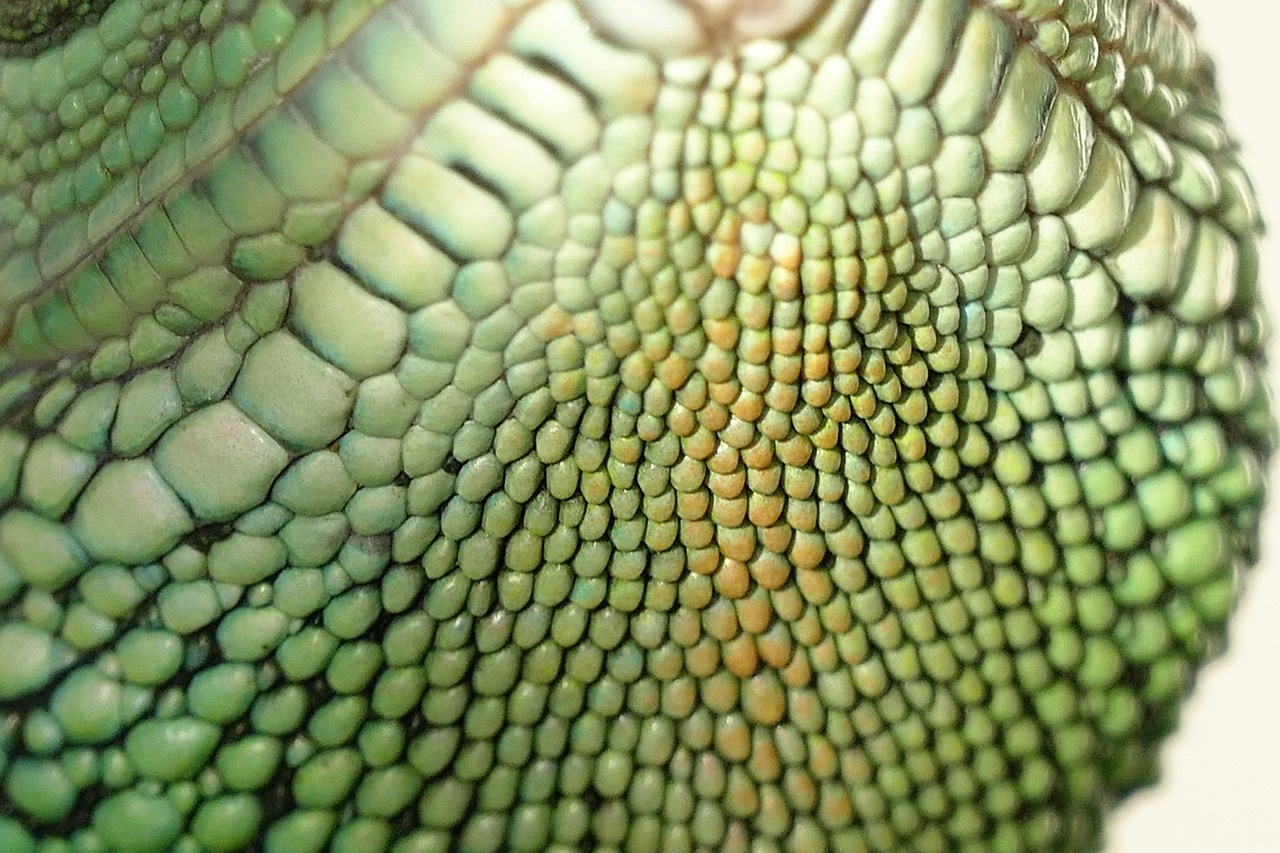
Chinese Mythical Creatures
Chinese mythology is a treasure trove of mystical creatures that have captivated imaginations for centuries. Among the most iconic beings are the dragon, phoenix, and qilin, each holding a unique place in Chinese folklore and culture.
The dragon, known as the symbol of power, strength, and good fortune, is a revered creature in Chinese tradition. Unlike the Western depiction of dragons as fire-breathing monsters, Chinese dragons are benevolent beings associated with rain, rivers, and agriculture. They are believed to bring prosperity and protection to those who honor them.
On the other hand, the phoenix represents rebirth, immortality, and renewal. This mythical bird is often depicted in vibrant colors and is a symbol of grace and beauty. In Chinese culture, the phoenix is a symbol of high virtue and grace, representing the union of yin and yang.
The qilin, a mystical creature resembling a deer with scales and a flowing mane, is a symbol of prosperity, longevity, and serenity. It is believed to appear during times of peace and prosperity, bringing blessings to those it encounters. The qilin is also associated with wisdom and good fortune, making it a revered symbol in Chinese art and culture.
These mythical creatures are not merely fantastical beings but hold deep cultural significance in Chinese society. They are woven into the fabric of Chinese art, literature, and beliefs, serving as symbols of auspiciousness, protection, and harmony.
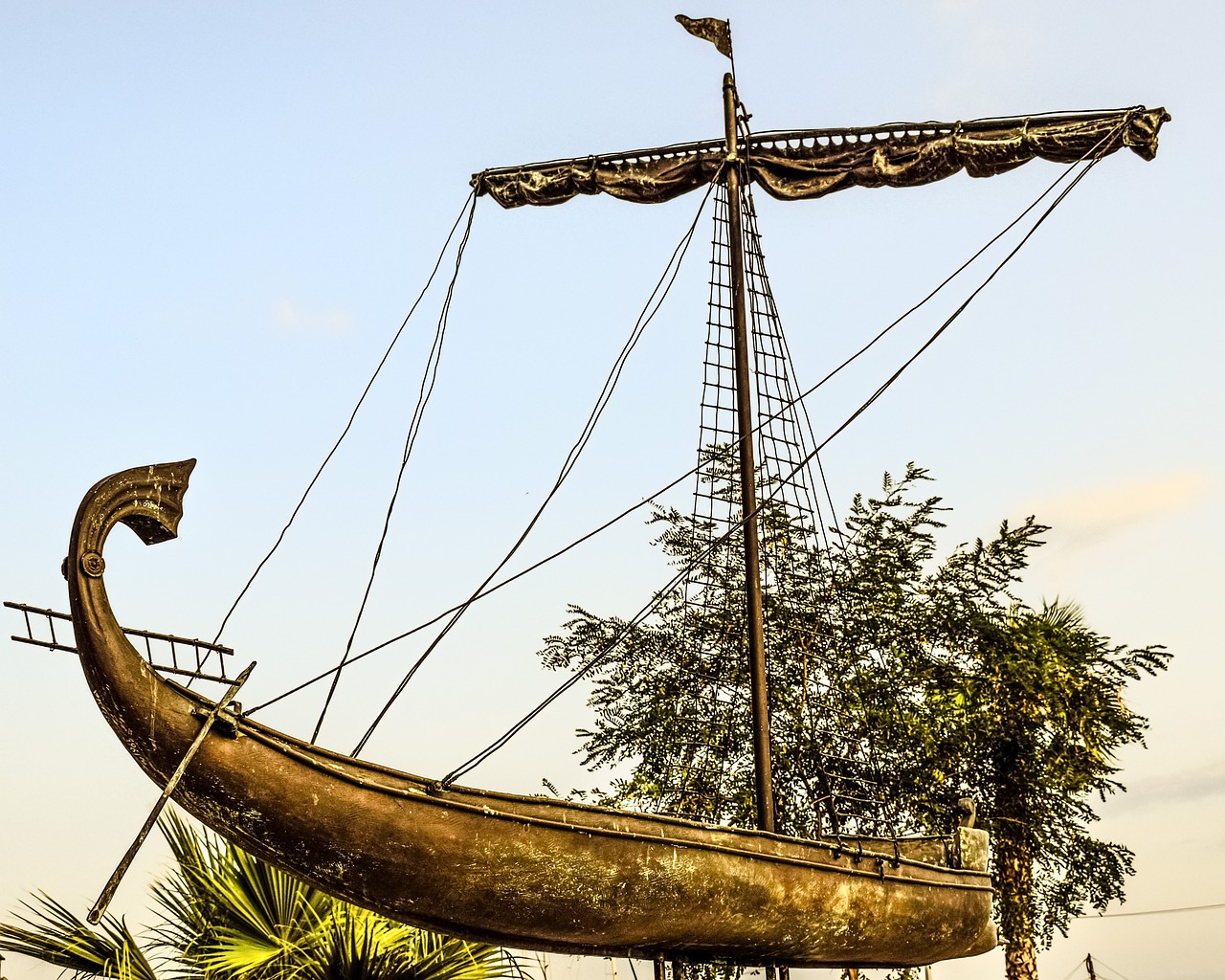
Aztec and Mayan Mythical Creatures
Exploring the fascinating world of mythical creatures in ancient civilizations, uncovering their significance, origins, and cultural impact on societies throughout history.
Delving into the rich mythology of ancient Egypt, including creatures like the Sphinx, Anubis, and the serpent Apep, and their roles in religious beliefs and folklore.
Exploring the diverse array of creatures in Greek mythology such as the Hydra, Pegasus, and Centaurs, and how they symbolize various aspects of human nature and the world.
Unraveling the tales of Norse mythology featuring beings like the mighty Thor, the mischievous Loki, and the fearsome Fenrir wolf, and their influence on Viking culture and beliefs.
Discovering the mystical creatures of Chinese folklore like the dragon, phoenix, and qilin, and their representations in art, literature, and traditional beliefs in Chinese society.
Examining the mythical beings in Aztec and Mayan cultures such as Quetzalcoatl, the feathered serpent, and Chaac, the rain god, and their significance in Mesoamerican cosmology.
Exploring the diverse mythologies of indigenous cultures worldwide, including creatures like the Thunderbird, Wendigo, and Kitsune, and their connections to nature, spirituality, and folklore.
Investigating the mythical creatures in Roman mythology such as the Cyclops, Minotaur, and Harpies, and their roles in ancient Roman religion, art, and storytelling traditions.
Comparing and contrasting the similarities and differences among mythical creatures from various ancient civilizations, highlighting universal themes and unique cultural interpretations.
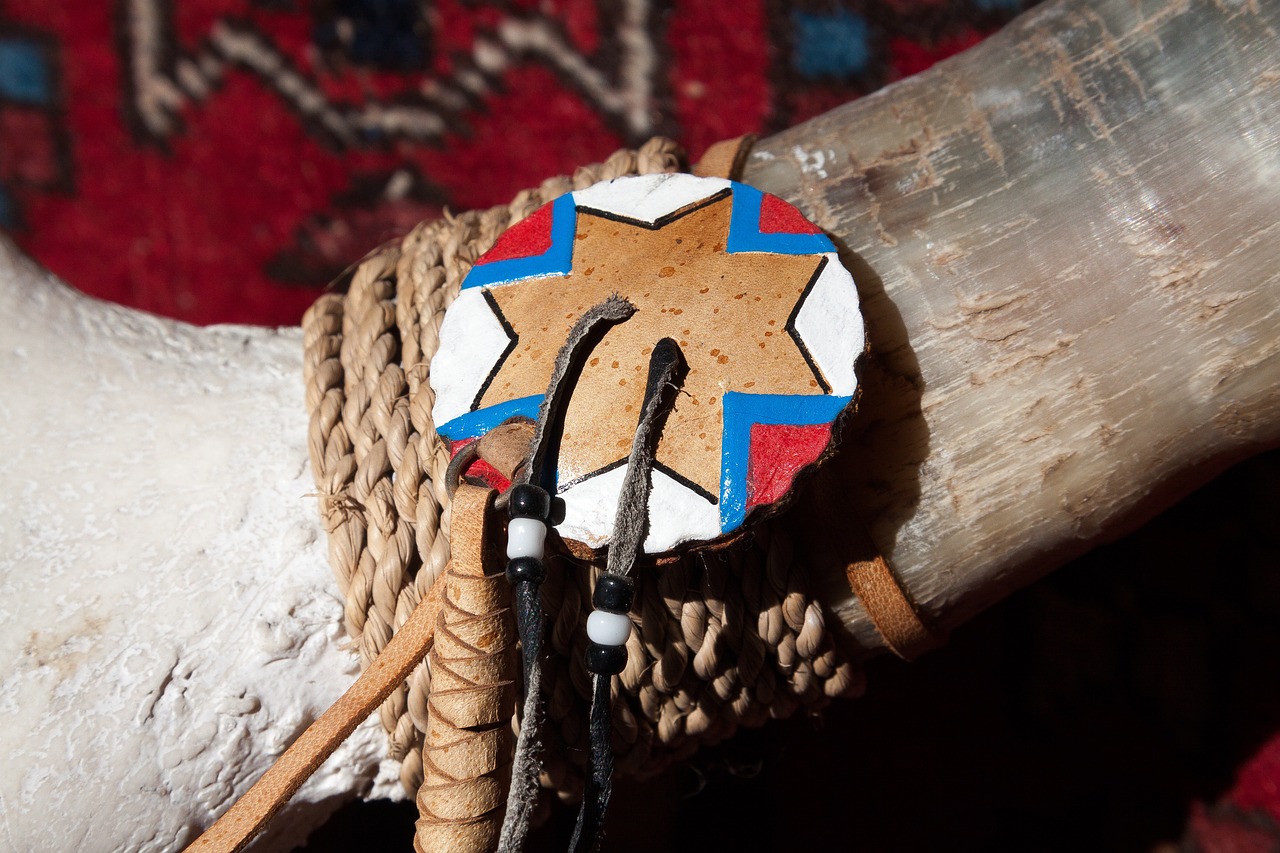
Indigenous Mythical Creatures
Indigenous cultures around the world have a rich tapestry of mythical creatures that reflect their deep connection to nature and spirituality. These creatures often embody the values and beliefs of their respective communities, serving as guardians, tricksters, or symbols of wisdom and power. One such mythical being is the Thunderbird, a majestic creature revered by various Native American tribes. With its wings that create thunder and eyes that flash lightning, the Thunderbird represents strength and protection in the face of adversity.
Another intriguing figure from indigenous folklore is the Wendigo, a malevolent spirit known for its insatiable hunger for human flesh. Originating from Algonquian-speaking tribes in North America, the Wendigo embodies the destructive forces of greed and cannibalism. Stories of the Wendigo serve as cautionary tales warning against the dangers of unchecked desires and the consequences of succumbing to dark impulses.
On the other hand, the Kitsune from Japanese mythology is a shape-shifting fox spirit that possesses intelligence and magical abilities. Often depicted as a wise and playful creature, the Kitsune symbolizes the duality of nature and the complexity of human emotions. With its ability to transform into different forms, the Kitsune represents adaptability and cunning in navigating life's challenges.
These indigenous mythical creatures not only entertain with their fantastical tales but also offer profound insights into the values and beliefs of the cultures that created them. Through these stories, ancient traditions are passed down from generation to generation, preserving the wisdom and heritage of indigenous communities worldwide.
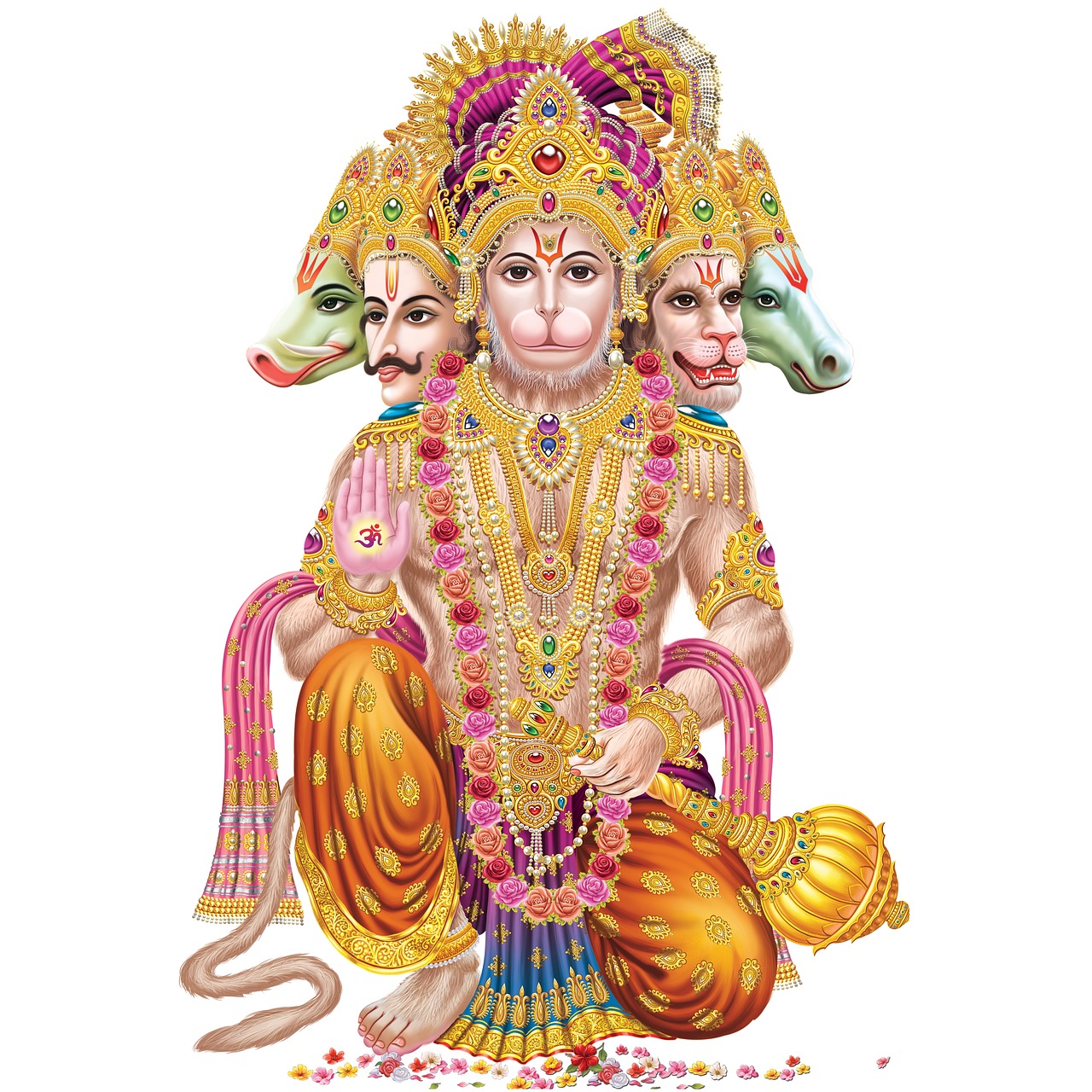
Roman Mythical Creatures
When delving into the captivating realm of Roman mythology, one encounters a plethora of mythical creatures that have left a lasting impact on ancient beliefs and storytelling traditions. Among these fascinating beings are the Cyclops, Minotaur, and Harpies, each with its unique characteristics and significance in Roman culture.
The Cyclops, known for its single eye in the middle of its forehead, was a formidable creature in Roman mythology. These giant beings were often associated with craftsmanship and were believed to have forged powerful weapons for the gods. Their presence symbolized strength and skill, serving as both allies and adversaries in various tales.
Another renowned figure in Roman mythology is the Minotaur, a creature with the body of a man and the head of a bull. Housed within the labyrinth of King Minos, the Minotaur posed a formidable challenge to those who dared to enter its domain. This creature symbolized the primal forces of nature and the complexities of human nature, blending both the human and animalistic aspects in one fearsome being.
Lastly, the Harpies, winged creatures with the faces of women and the bodies of birds, were known for their swift and merciless nature. Often depicted as agents of divine punishment, the Harpies were sent to torment wrongdoers and carry out the will of the gods. Their presence in Roman mythology served as a reminder of the consequences of hubris and the importance of respecting the divine order.
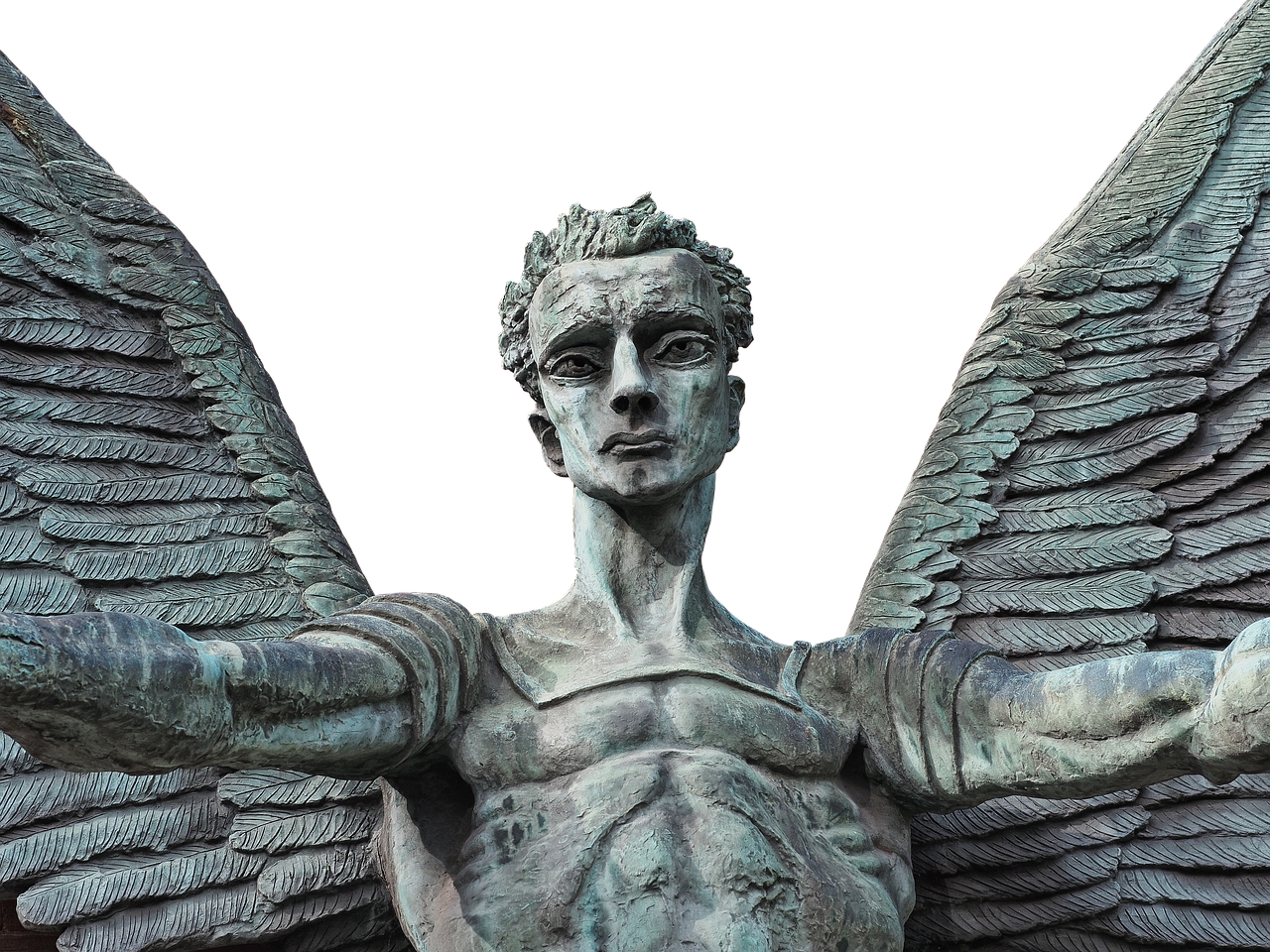
Comparative Analysis of Mythical Creatures
When delving into the world of mythical creatures across ancient civilizations, a comparative analysis unveils both intriguing similarities and captivating differences. These mythical beings, ranging from the majestic dragons of Chinese folklore to the ferocious Minotaur of Roman mythology, serve as cultural touchstones that reflect the values, fears, and aspirations of their respective societies.
One striking aspect of this comparative study is the prevalence of hybrid creatures in multiple mythologies. For instance, the Centaurs in Greek mythology, beings with the upper body of a human and the lower body of a horse, bear resemblance to the Qilin from Chinese folklore, often depicted as a creature with the body of a deer and the scales of a dragon. These amalgamations of different animal forms symbolize the intricate relationship between humanity and the natural world in diverse cultural contexts.
Furthermore, the thematic motifs shared among various mythical creatures underscore universal human experiences and emotions. The concept of a trickster figure, embodied by the Norse god Loki and the Native American Wendigo, transcends geographical boundaries to represent the complexities of morality, chaos, and transformation in storytelling traditions worldwide.
Despite these common threads, each civilization's mythical creatures also exhibit distinct characteristics that reflect the unique beliefs and narratives of their culture. The Egyptian Sphinx, with its enigmatic gaze and regal lion body, stands in stark contrast to the Aztec feathered serpent Quetzalcoatl, symbolizing wisdom and rebirth. These differences highlight the diverse interpretations of power, spirituality, and cosmic order found in ancient mythologies.
By conducting a comparative analysis of mythical creatures from different ancient civilizations, we gain a deeper appreciation for the rich tapestry of human imagination and creativity woven throughout history. These creatures, whether benevolent or malevolent, continue to captivate our imagination and spark curiosity about the mysteries of the past.
Frequently Asked Questions
- What are mythical creatures?
Mythical creatures are beings from folklore and mythology that possess supernatural or extraordinary abilities. They often play significant roles in the stories, beliefs, and cultural traditions of ancient civilizations.
- Why were mythical creatures important in ancient civilizations?
Mythical creatures served various purposes in ancient civilizations, such as explaining natural phenomena, embodying cultural values, and inspiring awe and fear. They were often symbolic representations of human emotions, virtues, and vices.
- What is the significance of studying mythical creatures from different cultures?
Studying mythical creatures from different cultures provides insights into the beliefs, values, and worldviews of diverse societies. It helps us understand how ancient civilizations interpreted the world around them and how these interpretations influenced their daily lives.
- How did mythical creatures influence art and literature in ancient civilizations?
Mythical creatures served as inspiration for artists, writers, and storytellers in ancient civilizations, leading to the creation of elaborate artworks, epic poems, and captivating narratives. They became iconic symbols in cultural expressions.
- Are there common themes or characteristics among mythical creatures across different cultures?
Yes, there are common themes such as the struggle between good and evil, the quest for knowledge or power, and the representation of nature's forces. Many mythical creatures also reflect universal human experiences and emotions.



















